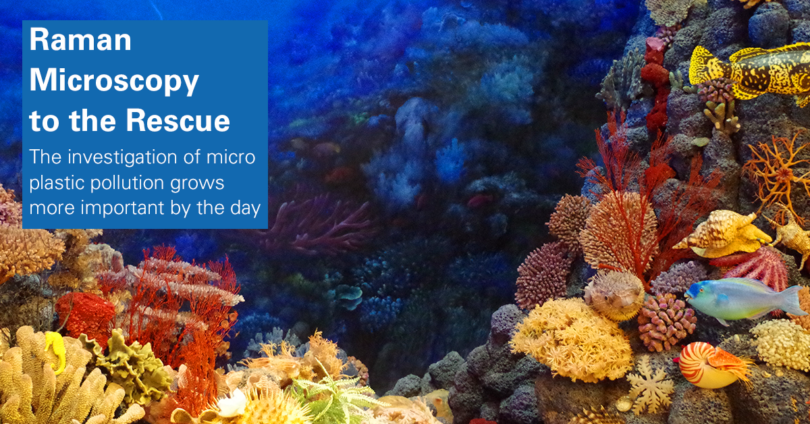Each day more plastic ends up in trash cans, landfills or even worse the ocean. Besides causing obvious problems, such as Turtles perceiving plastic bags as food (jellyfish) or wildlife suffocating after being caught in packaging waste, a new threat to our ecosystem has emerged in the last decade: Microplastics. Microplastic is defined as a plastic fragment smaller than 5 millimeters. So far so good, but …
Where do these microplastic particles (MPPs) come from?
A Norwegian study [1] revealed that the largest primary source of microplastic by far is the abrasion of rubber tires. But there are many additional primary sources like the intentional addition of microplastics to cosmetic products. Another secondary contributions are the slow deterioration of plastic waste at beaches and within the oceans.
Since this small particles inevitably end up in our food chain and can also act as a carrier for bacteria and toxic organic compounds, it is of fundamental importance to learn more about the prevalence and environmental „behavior“ of MPPs
What can we do about it?
A team of chinese scientists[2] characterized the abundance and distribution of microplastics in the northwestern Pacific.
They collected samples following the currents from the coast of china towards japan and used micro Raman to investigate the chemical identity of microplastics. They found out, that the dominant MPPs were polyethylene (>50%), followed by polypropylene and nylon.
Read the full article to learn more about MPP distribution in the northwestern Pacific.
The micro Raman analysis in this publication was performed by the SENTERRA II confocal Raman microscope utilizing SureCal for on the spot analysis.
Download our AppNote on microplastic analysis to learn more about the possibilities of particle identification. You can also take a look at other Raman microscopy applications on our blog!








